Discover the 8 Vegetables That Start With O
There’s a reason why your mom told you to eat your vegetables. Turns out, most of them are full of vitamins and minerals! Out of the many types of vegetables in the world, only 8 of them start with the letter O. Keep reading to discover some amazing vegetables you may have never heard of!
Ogo
Ogo is a type of seaweed that comes from the Hawaiian islands, specifically Oahu and Molokai. It’s spread to some of the smaller islands and has been used in aquaculture as well. Ogo is scientifically classified as Gracilaria parvispora.
In aquaculture, the seaweed is grown, dried, packaged, and sold to consumers who can then put it in water to make it expand. Consumers eat ogo raw or cooked, in salads, soups, and sushi.
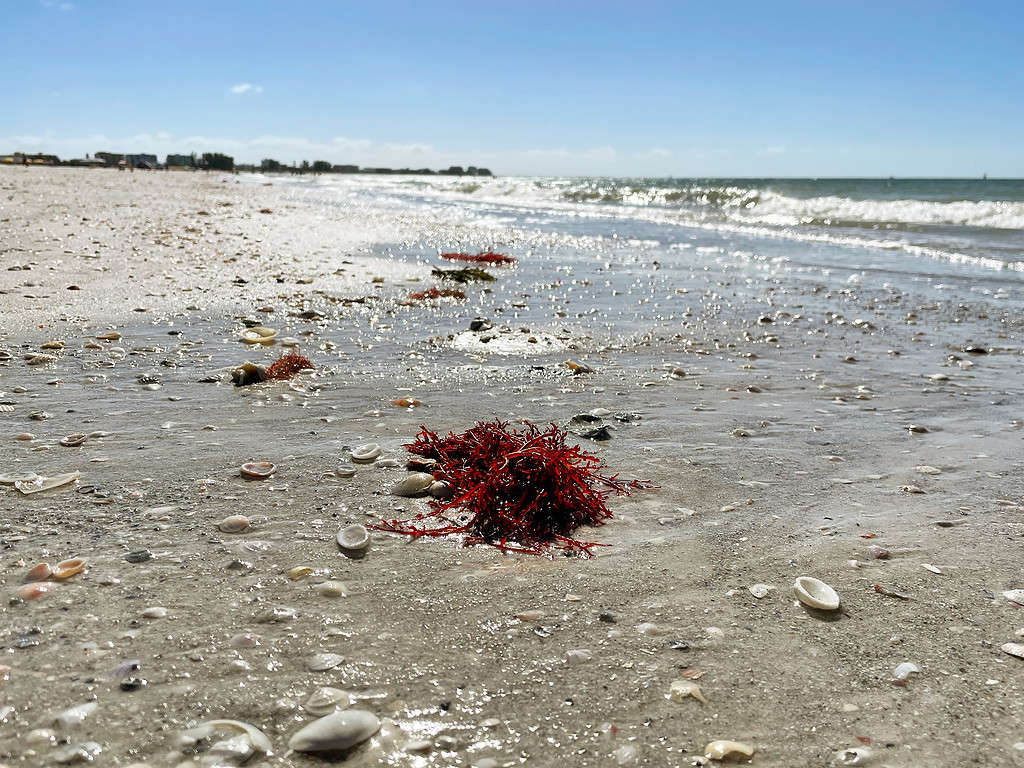
©quinntheislander/iStock via Getty Images
Oil Palm
The oil palm produces small, reddish-colored fruits that are used to make palm oil. While the oil palm technically produces fruits, the oil made from them is culinarily classified as vegetable oil. Parts of the palm fruits are edible, including the outside layer and the inside kernel, which are surrounded by an inedible shell.
Palm oil is a highly exported good from the tropic regions. It’s found in more than half of the packaged products in America, particularly those in the cosmetic category. The wide demand for palm oil has led to deforestation in many countries.
Olive
Though culinarily considered vegetables, olives are botanically classified as fruits. They grow on small trees all across the world, though they are native to Mediterranean Europe, Asia, and Africa. Olive trees can live for a long time. The oldest olive tree is estimated to be around 4,000 years old and it still produces fruit in Greece, where it stands.
While olives are edible right off the tree, you certainly wouldn’t want to eat one then. They’re very bitter because of a compound called oleuropein. After the olives are cured, the extreme bitterness goes away and the olives will be softer and juicier.
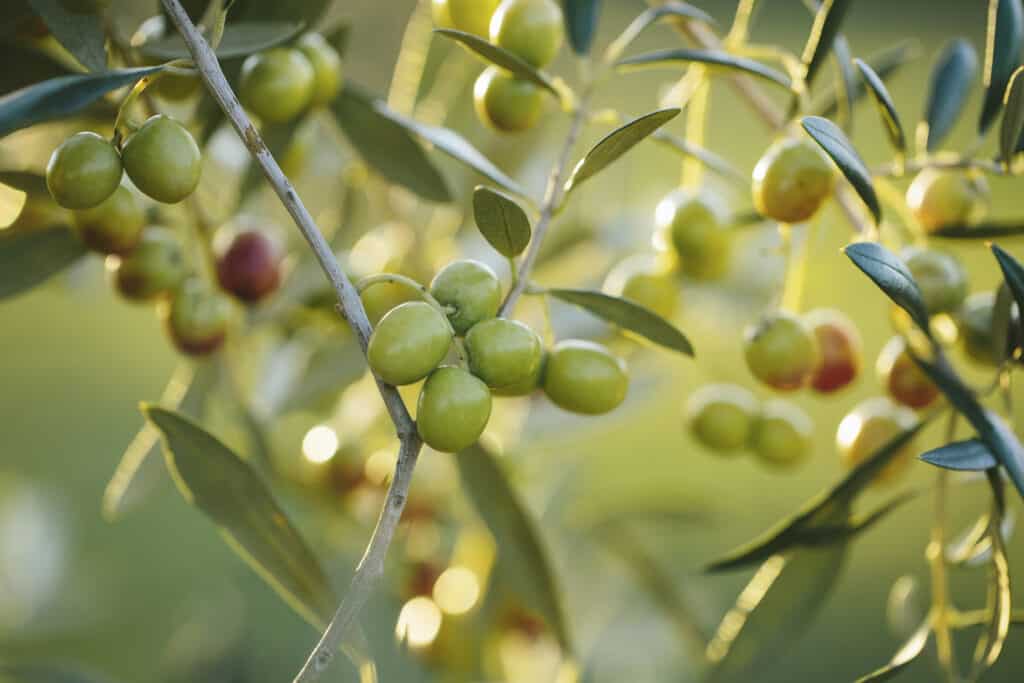
©iStock.com/Almost Green Studio
Onion
Chopping them makes you cry, but eating them makes you smile — that’s right, I’m talking about onions! They’re one of the few foods that grow on every continent (except Antarctica) and are very popular. One thing that makes onions so appealing to consumers is that they’re easy to store and go with practically everything. Burgers? Sliced onions. Tacos? Chopped onions. If you’re feeling extra bold, just try biting into a whole one!
Onions are related to leeks and scallions. They come in yellow, red, or white, with each color having different features and uses. Yellow onions are great for nearly everything, especially cooking, and are usually the sweetest, while white onions are great raw. Red onions are like a mixture between the two, their sweetness comparable to yellow onions but their flesh less tender.
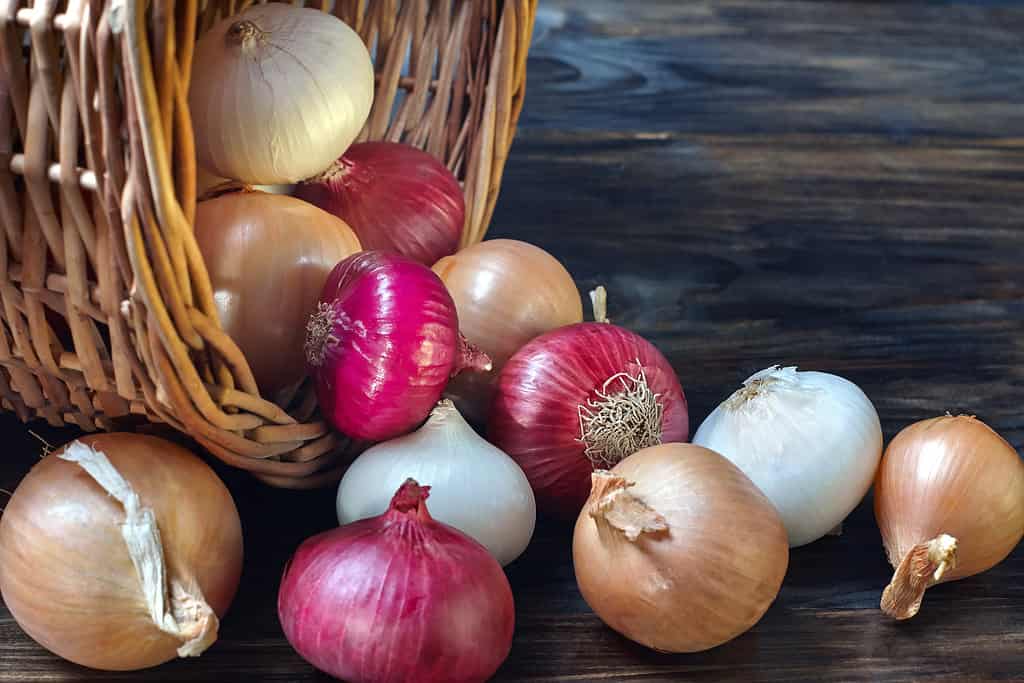
©Svecha-65/Shutterstock.com
Okra
Fried okra, stewed okra, or baked okra — there are about a million ways to eat this vegetable. Okra is one food that serves as a representation of the South. That could be because the southern parts of America are some of the few places it can grow. Okra is native to Africa but it grows in places with warm weather across the globe.
If you’ve never tried okra, it’s definitely worth a taste. The outside is crunchy and the inside is gooey and full of edible seeds. It may not be the vegetable for everyone, but the amount of fiber, vitamin C, and magnesium in it makes each bite worth it!
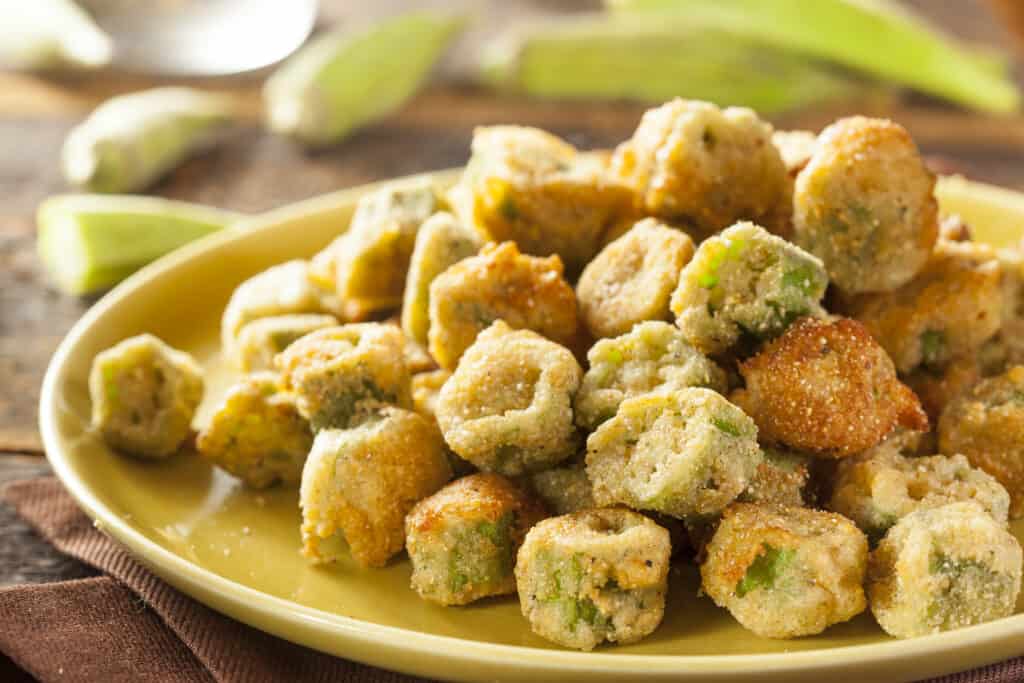
©iStock.com/bhofack2
Oregano
While technically considered an herb, oregano is a member of the mint family and it’s very nutritious. Just one teaspoon of it contains 8% of the daily recommendation for vitamin K. Along with the vitamins in oregano, it also contains antioxidants and antibacterial compounds.
Oregano is typically the star of Italian dishes like pizza, pasta, and pesto. But did you know that oregano is native to the Mediterranean and Eurasia? In Greece, it’s commonly cooked into grilled meats and added to salads.
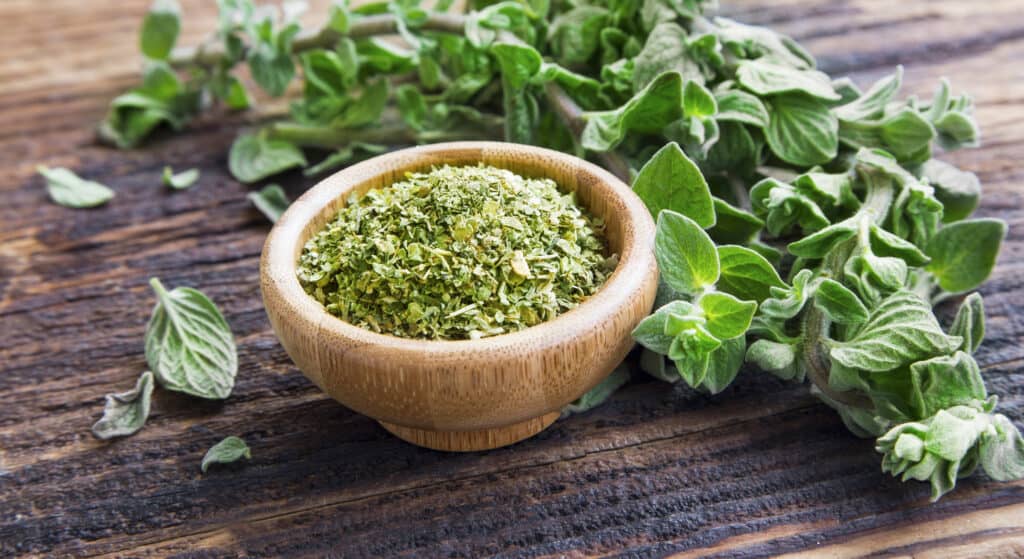
©catalina.m/Shutterstock.com
Orache
Orache is often described as ‘wild spinach’ because it looks and tastes like a spinach substitute. The leaves are used in salads, fried or baked as a crispy snack, and added to soups and dips.
Orache normally lives in coastal areas in sandy soil. The plants grow best in soil with a high salt content, so they can survive in land-locked regions as long as the soil is right. Since the plant grows in salty soil, the leaves end up retaining a good deal of salt in them. They also resemble another edible plant — Lamb’s Quarters.
©Orest Lyzhechka/iStock via Getty Images
Oca
Ocas are a type of starchy vegetable that grow in the winter months. They’re tubers — similar to potatoes and sweet potatoes but just a bit different. Ocas usually come in vibrant colors like yellow and orange that fade once cooked.
Ocas were introduced to Europe and New Zealand 1800s to compete with potatoes. It must have worked, as ocas are extremely popular in New Zealand where they are simply referred to as yams.
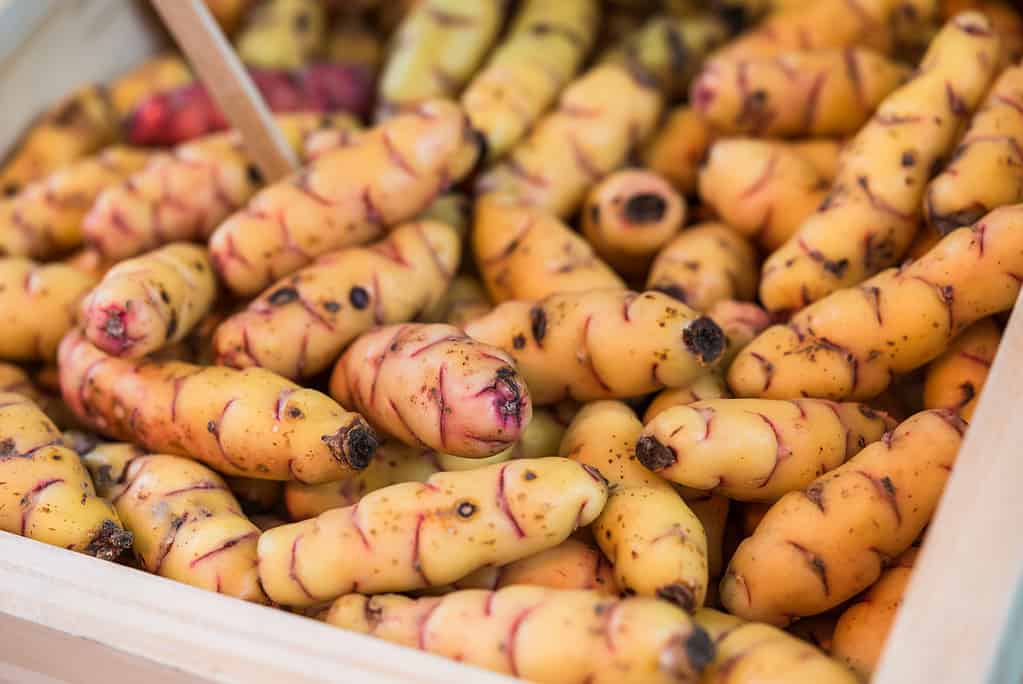
©Aleksandr_Vorobev/iStock via Getty Images









